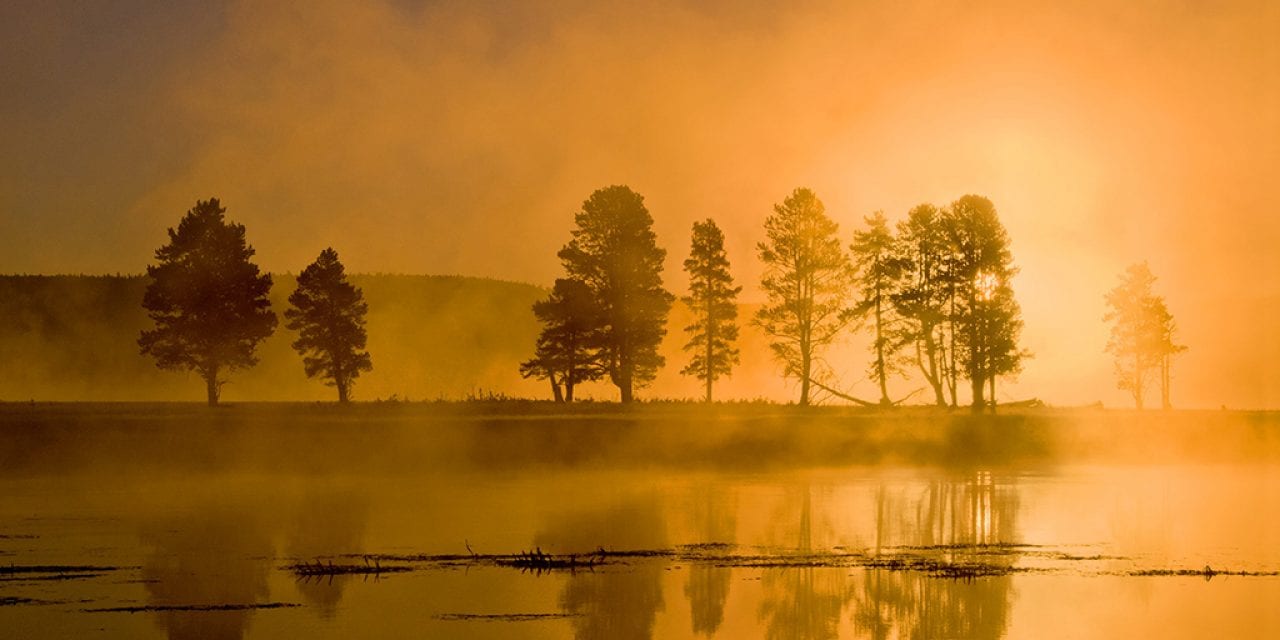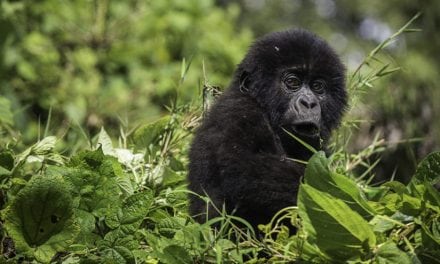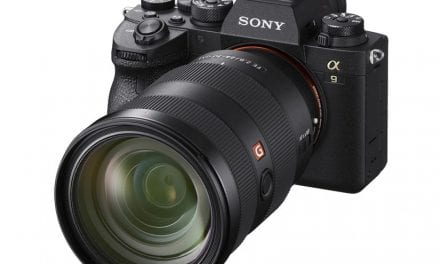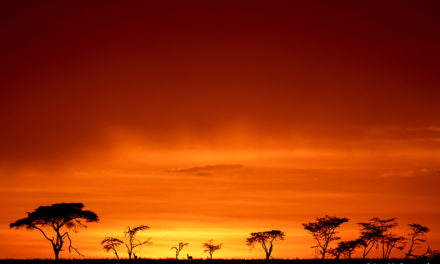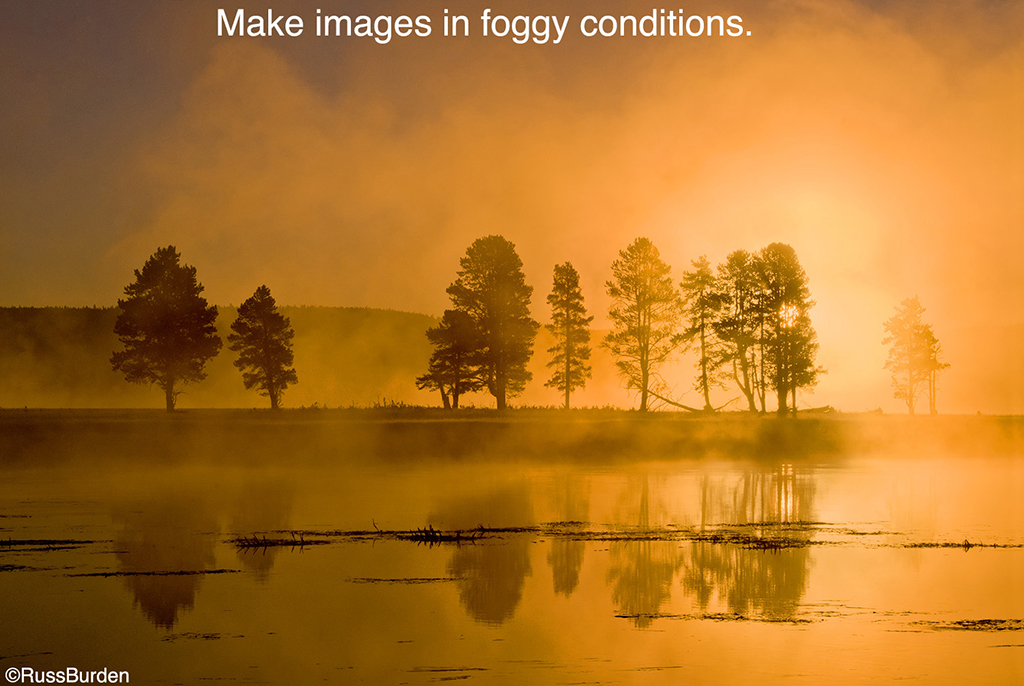
Regardless of a subject’s impact, if the background is busy, has distractions, is too bright, etc., the photo falls short. Learn to treat your background with the same importance you treat your subject. It’s a winning formula. Think back to your Photo 101 days when you were shown the cliched image of a person with a telephone pole growing out of his head. Sometimes juxtapositions work well and bring a smile to the viewer’s face, but unless the end result is intentional and created to raise a laugh, it’s an obvious blunder. Learn how to simplify your backgrounds so when you run a background check, you feel confident you’ve succeeded.
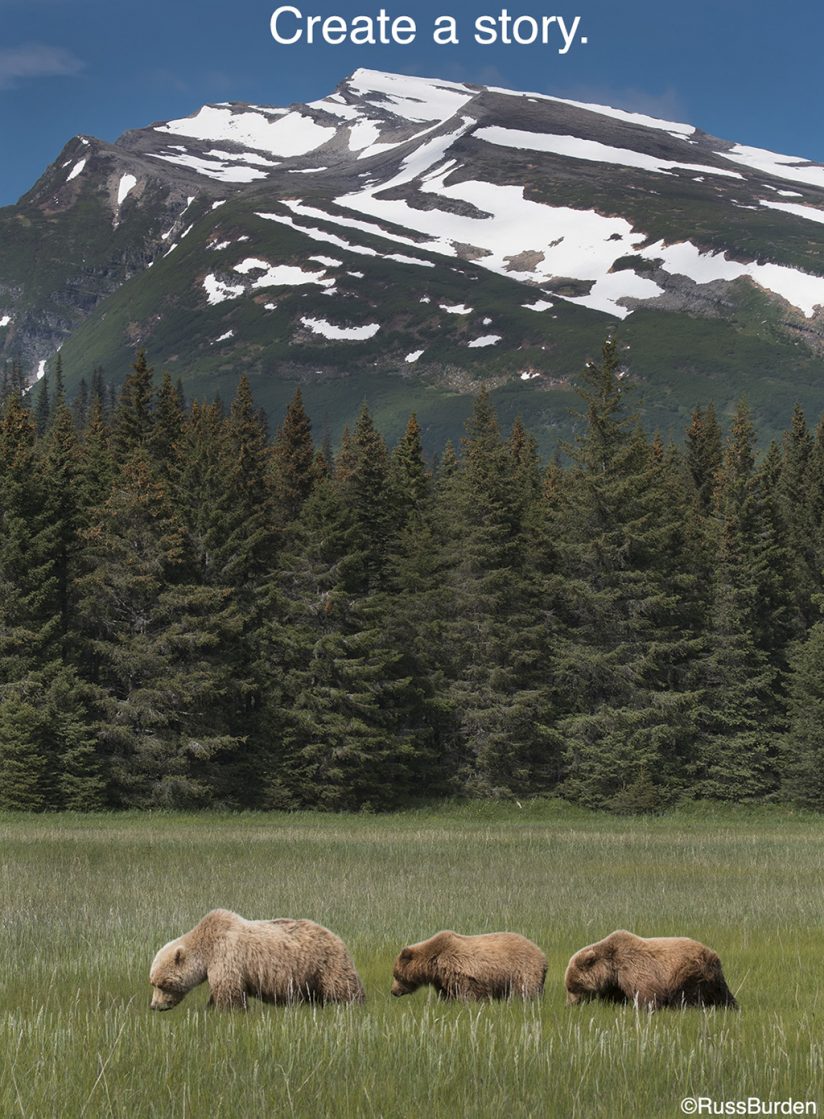
Tunnel vision in photography is very common. Even seasoned veterans fall victim to it. When a great subject appears in a viewfinder, the eye locks onto it and notices nothing else. It’s not until the image is reviewed on the back of the camera or on a computer when one says, I didn’t notice that dead log behind the lion, I didn’t see all those bright spots behind the owl in the tree, I never saw the ugly horizon bisect the giraffe’s neck or I wasn’t aware of the in-focus background that doesn’t separate from the subject.
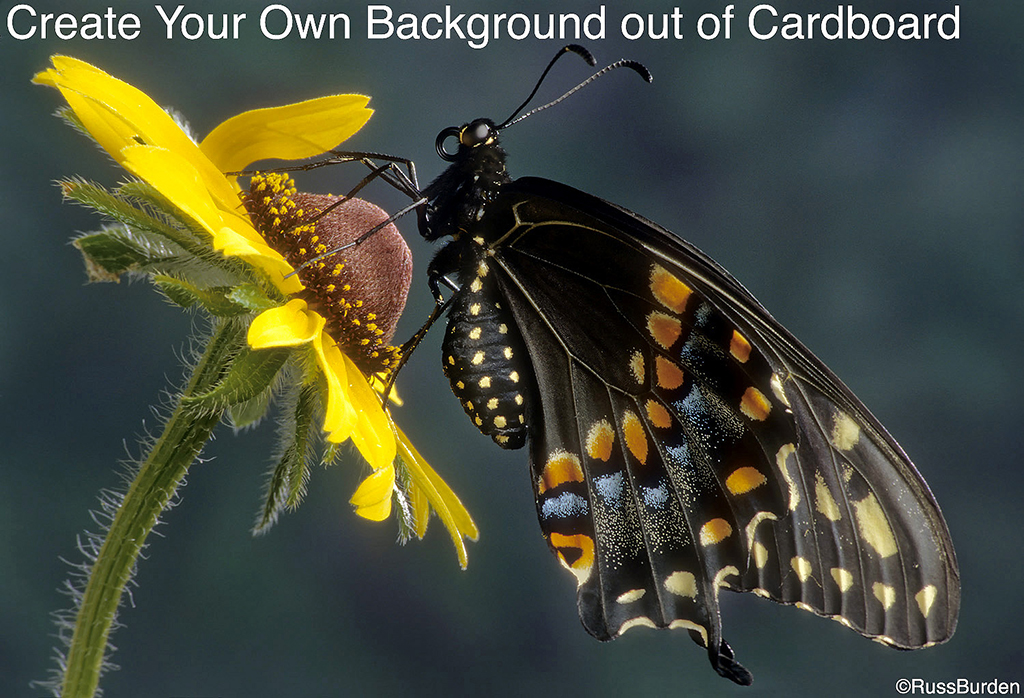
If you’re smiling right now because you’ve been there, I’m smiling with you as I, too, have made many background blunders. What makes it difficult to stop committing the same error is when you view a great subject through the camera, you hope and pray that if you press the shutter 100 times, at least one will be good. I hate to inform you, but if the background is bad and you keep pressing the shutter, the end result of every click is a photo with a bad background. A bad background is a bad background, and no number of clicks changes it.
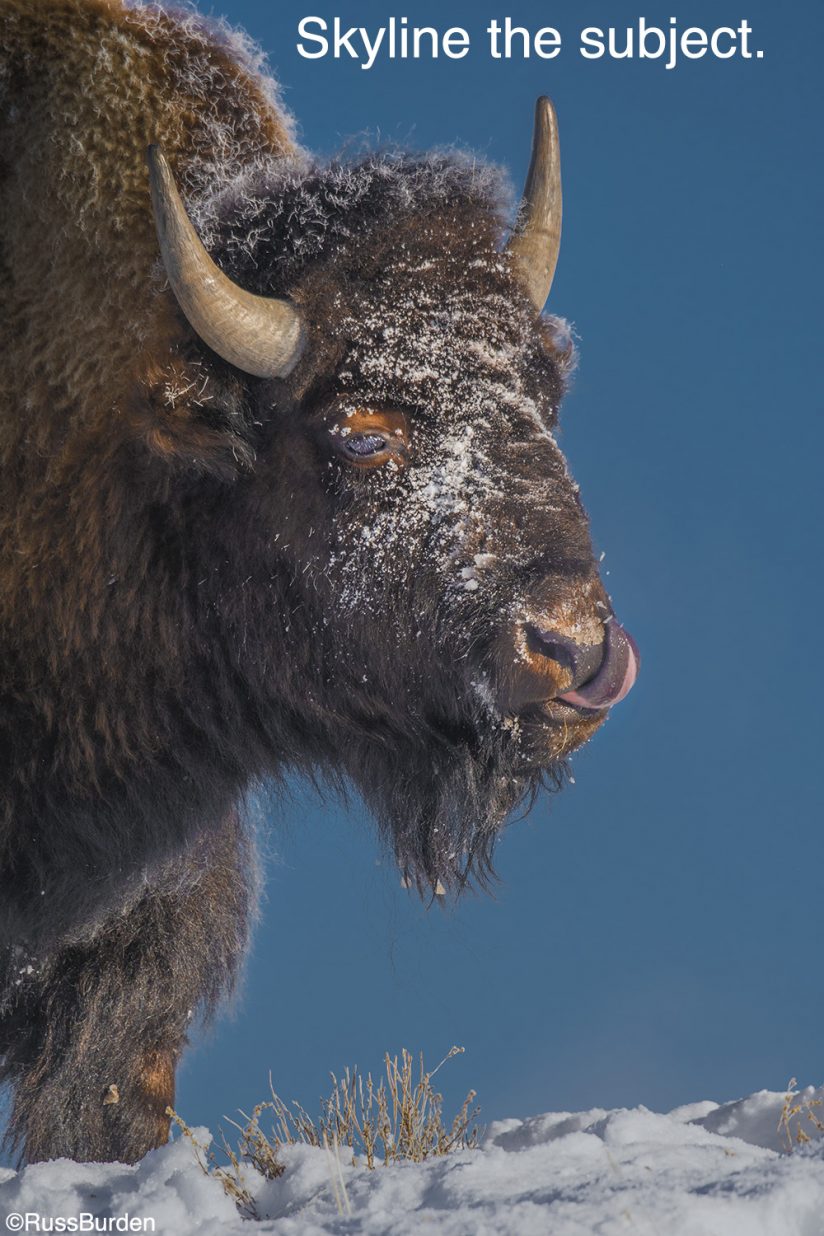
Learn to previsualize how the image will look at the time you press the shutter. If the background is busy, it won’t automatically declutter when you make the photo. If you think Photoshop magic will help reduce distractions, make the image and decide if it’s successful after it’s optimized. Other techniques and strategies can be utilized so your end result is a photo with a clean background:
- Fill the frame as much as possible to eliminate background confusion.
- For macro work, create your own backdrop and place it behind the subject.
- Make images under foggy conditions to obscure the background.
- Use a clear blue sky to skyline the subject.
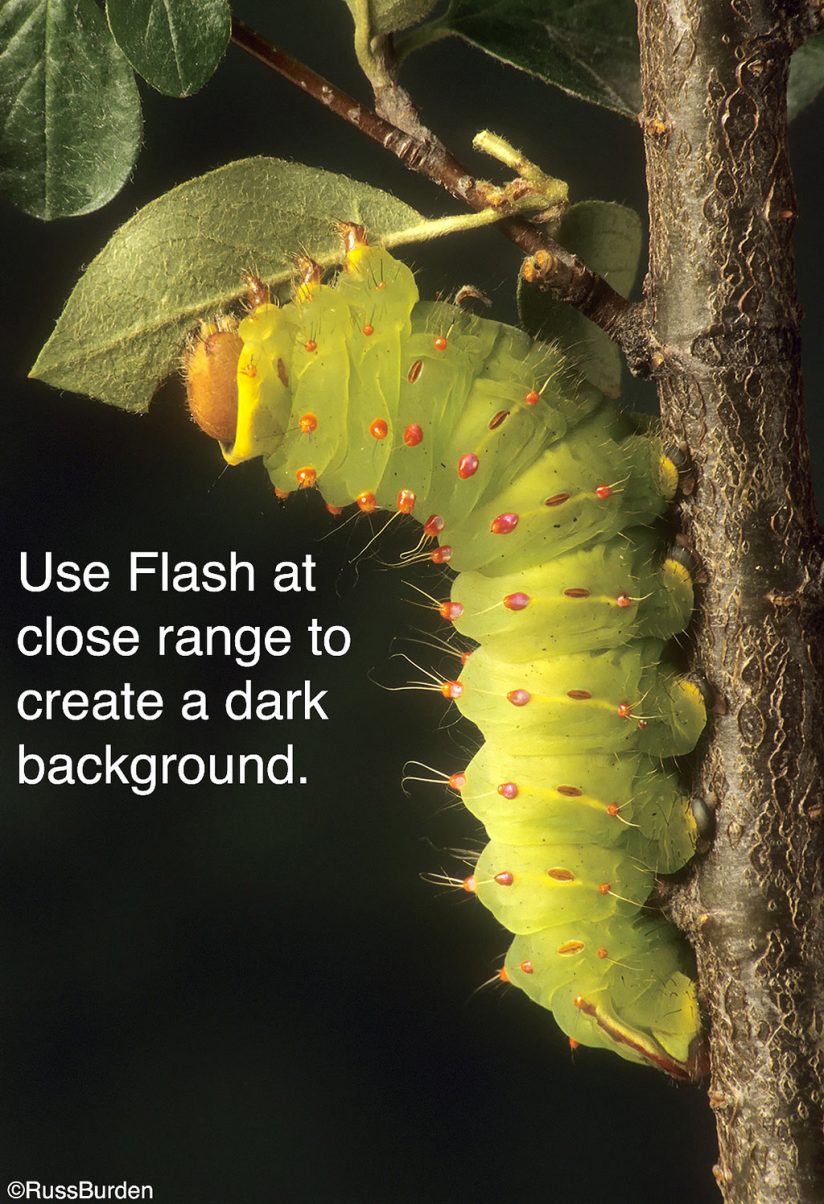
- The strategic use of backlight puts a halo of light around the subject. Expose for the highlights to create a black backdrop.
- Create a story with the background—make environmental portraits to show the animal in its natural settings. Stop down the lens to maximize depth of field.
- Use a long lens with a wide-open aperture to help throw the background out of focus.
- Use flash on small subjects to create black backgrounds. Light falls off quickly. If you stop the lens down to ƒ/16 or ƒ/22, given the proximity of the subject to flash, the area behind the subject goes dark.
Visit www.russburdenphotography.com for information about his nature photo safaris to Tanzania.
The post Prevent Background Blunders appeared first on Outdoor Photographer.

